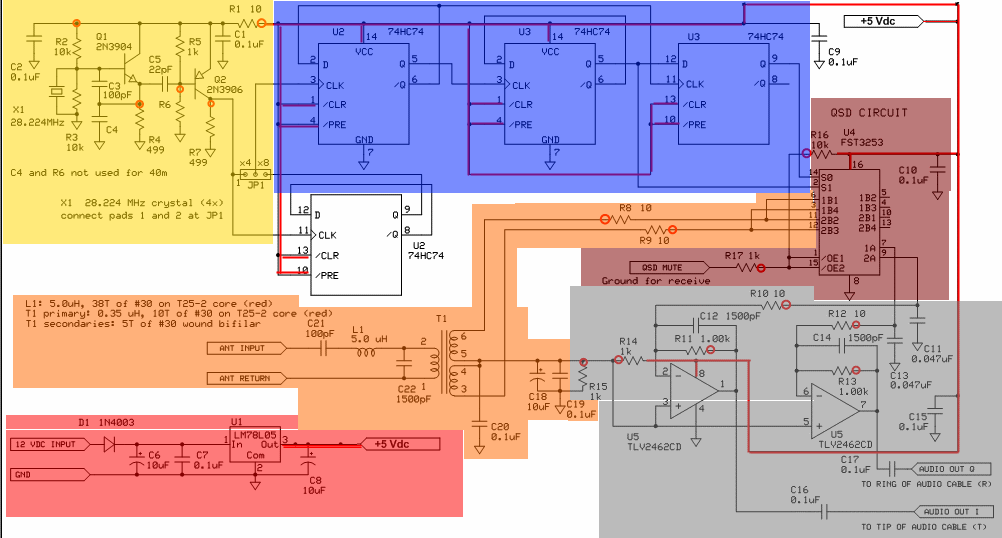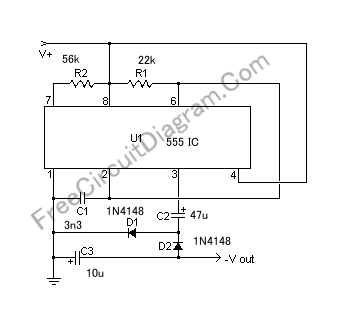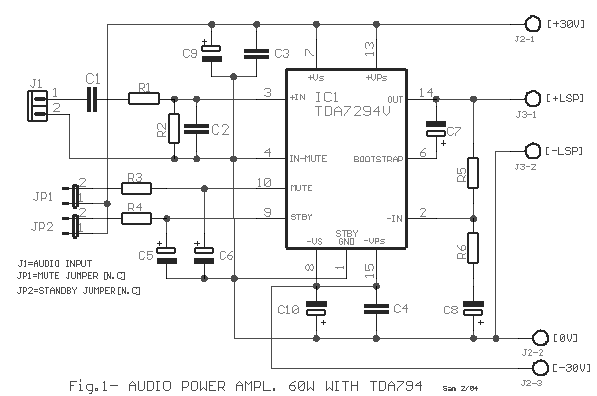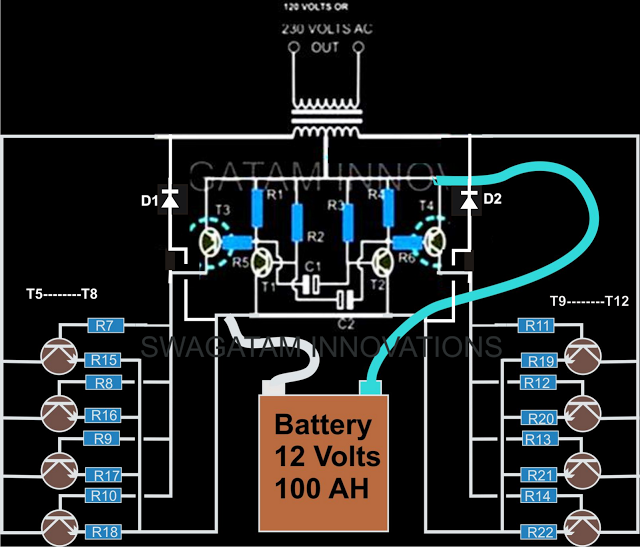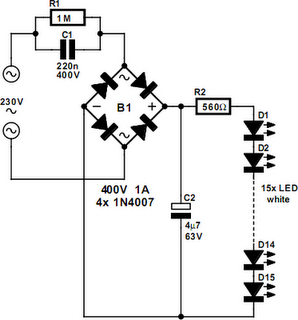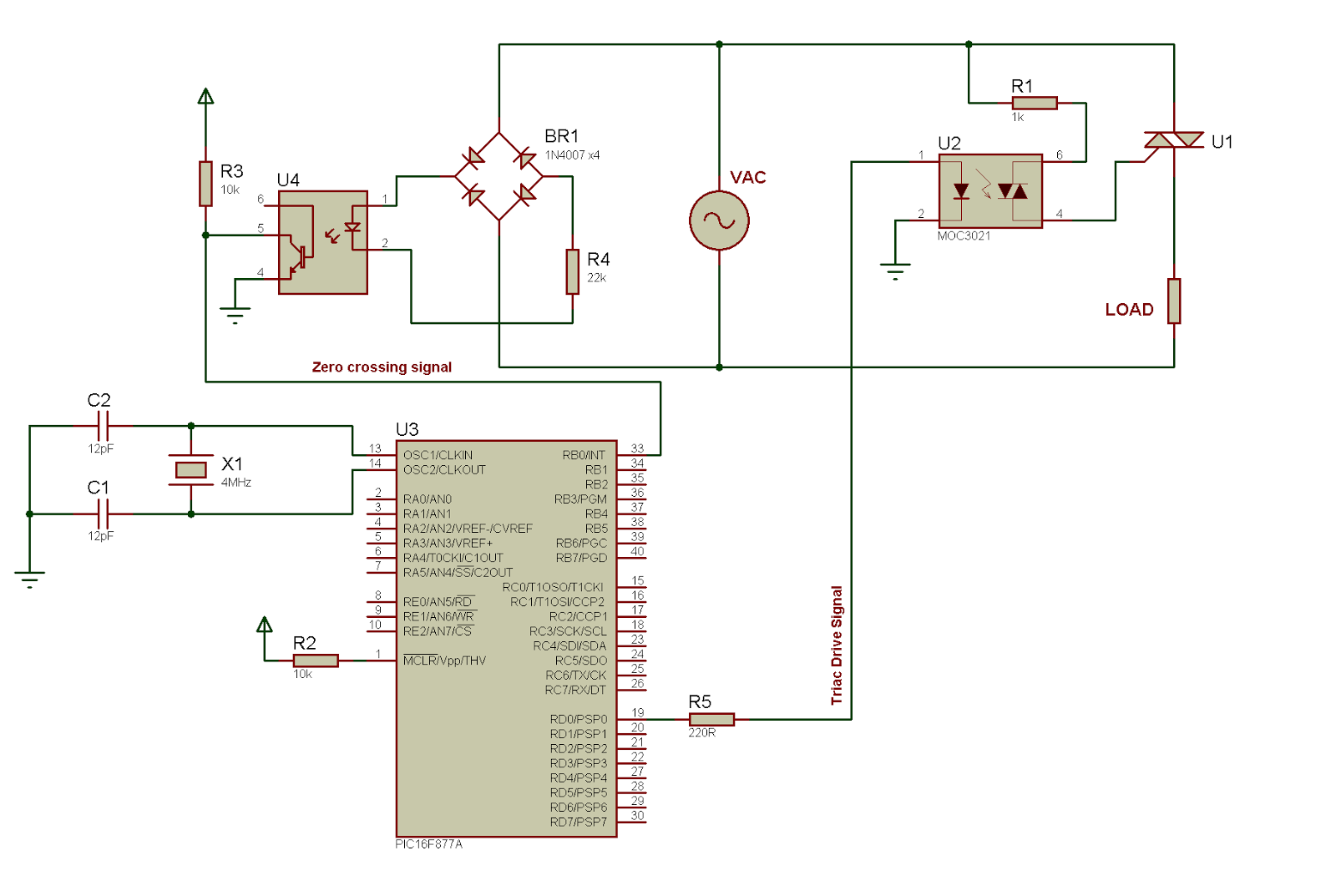
How to implement a soft power switch controllable by microcontroller
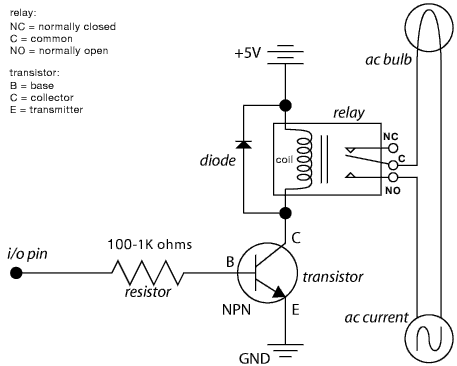
A circuit that allows a microcontroller to toggle a GPIO pin for shutting down the entire system, including the microcontroller itself. The system is normally powered down. When a momentary button is pressed by the user, power is restored. The battery is connected to the -SHDN pin, enabling the regulator and providing 3.3V to the microcontroller. The microcontroller then sets a logic high on the POWER ON lead to maintain power after the button is released. To turn off, the microcontroller sets the POWER ON lead to low. It is important to consider switch bounce and ensure the microcontroller can only activate the power supply when its VDD is above the minimum operating voltage to avoid erratic behavior during power-down.
The described circuit involves a microcontroller that manages power states through a GPIO pin and a momentary pushbutton. The circuit operates in a low-power state, where the microcontroller and other components are deactivated to conserve energy. When the user presses the momentary button, the battery voltage is applied to the -SHDN pin, which activates the voltage regulator, supplying 3.3V to the microcontroller.
Once powered, the microcontroller immediately sets the POWER ON pin high, ensuring that the system remains powered even after the button is released. This design prevents unintended shutdowns due to button release. When the microcontroller determines it is necessary to shut down, it drives the POWER ON pin low, effectively turning off the power to the system.
To address concerns regarding switch bounce, which can cause multiple transitions when the button is pressed, it is advisable to implement a capacitor on the -SHDN pin. This capacitor creates a time constant that smooths the voltage transition, ensuring stable activation of the regulator. A capacitor value of 10 nF is often recommended for noise suppression, as indicated in typical datasheet schematics.
Additionally, it is crucial to ensure that the microcontroller only attempts to power on the system when its supply voltage (VDD) is above the threshold necessary for reliable operation. This precaution prevents the microcontroller from executing unpredictable code when VDD is insufficient, which could inadvertently set the POWER ON lead high and cause erratic behavior. Proper design considerations should include monitoring VDD levels and implementing appropriate logic to manage power states effectively.A circuit such that the microcontroller can toggle a GPIO pin and shut the whole system (including microcontroller itself) down. And when the user presses a momentary button, the power is brought back up again. The circuit is normally powered down. When the user presses the pushbutton, the battery is fed into the -SHDN pin, enabling the regulator and turning
on the 3. 3V to the microcontroller. The microcontroller then puts a logic 1 on the POWER ON lead, holding the power on after the user releases the pushbutton. When the microcontroller wants to shut itself off, it sets the POWER ON lead to 0. @Kortuk, good point. I was assuming the micro would turn on fast enough that it could override the switch before the first bounce, assuming driving the pin high was the first thing the micro did.
If that isn`t the case, one could add a capacitor on the -SHDN lead to create a time constant for the turn on (although this would also introduce a slight delay in turn off). The 10 nF one probably needs to be left in for noise suppression (it was included in a datasheet sample schematic).
Or one could add additional RC circuit for just the switch. tcrosley Jan 14 `11 at 16:36 A bigger issue that switch bounce is processor behavior during power-down. In particular, it may be good to make sure that the processor can only turn the supply on when its VDD is above the point where correct operation is guaranteed.
I`ve had to tweak some auto-power-down circuits that would occasionally fail as a consequence of the processor running random code when VDD fell below the valid operating voltage. The random code could set the "power on" output high, which would in turn power the device back up, running code at a random address.
supercat May 30 `11 at 1:45 🔗 External reference
The described circuit involves a microcontroller that manages power states through a GPIO pin and a momentary pushbutton. The circuit operates in a low-power state, where the microcontroller and other components are deactivated to conserve energy. When the user presses the momentary button, the battery voltage is applied to the -SHDN pin, which activates the voltage regulator, supplying 3.3V to the microcontroller.
Once powered, the microcontroller immediately sets the POWER ON pin high, ensuring that the system remains powered even after the button is released. This design prevents unintended shutdowns due to button release. When the microcontroller determines it is necessary to shut down, it drives the POWER ON pin low, effectively turning off the power to the system.
To address concerns regarding switch bounce, which can cause multiple transitions when the button is pressed, it is advisable to implement a capacitor on the -SHDN pin. This capacitor creates a time constant that smooths the voltage transition, ensuring stable activation of the regulator. A capacitor value of 10 nF is often recommended for noise suppression, as indicated in typical datasheet schematics.
Additionally, it is crucial to ensure that the microcontroller only attempts to power on the system when its supply voltage (VDD) is above the threshold necessary for reliable operation. This precaution prevents the microcontroller from executing unpredictable code when VDD is insufficient, which could inadvertently set the POWER ON lead high and cause erratic behavior. Proper design considerations should include monitoring VDD levels and implementing appropriate logic to manage power states effectively.A circuit such that the microcontroller can toggle a GPIO pin and shut the whole system (including microcontroller itself) down. And when the user presses a momentary button, the power is brought back up again. The circuit is normally powered down. When the user presses the pushbutton, the battery is fed into the -SHDN pin, enabling the regulator and turning
on the 3. 3V to the microcontroller. The microcontroller then puts a logic 1 on the POWER ON lead, holding the power on after the user releases the pushbutton. When the microcontroller wants to shut itself off, it sets the POWER ON lead to 0. @Kortuk, good point. I was assuming the micro would turn on fast enough that it could override the switch before the first bounce, assuming driving the pin high was the first thing the micro did.
If that isn`t the case, one could add a capacitor on the -SHDN lead to create a time constant for the turn on (although this would also introduce a slight delay in turn off). The 10 nF one probably needs to be left in for noise suppression (it was included in a datasheet sample schematic).
Or one could add additional RC circuit for just the switch. tcrosley Jan 14 `11 at 16:36 A bigger issue that switch bounce is processor behavior during power-down. In particular, it may be good to make sure that the processor can only turn the supply on when its VDD is above the point where correct operation is guaranteed.
I`ve had to tweak some auto-power-down circuits that would occasionally fail as a consequence of the processor running random code when VDD fell below the valid operating voltage. The random code could set the "power on" output high, which would in turn power the device back up, running code at a random address.
supercat May 30 `11 at 1:45 🔗 External reference
